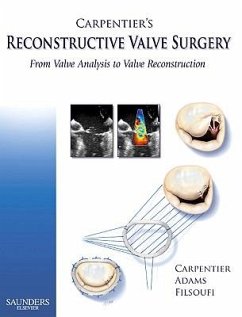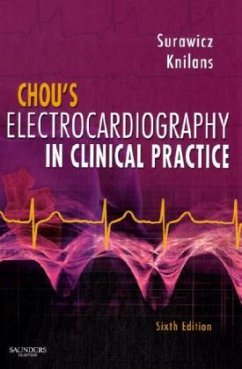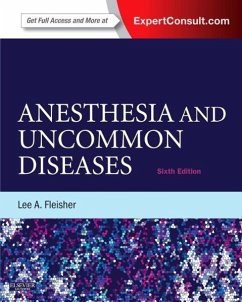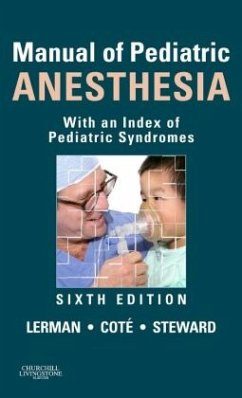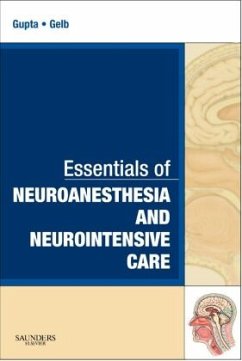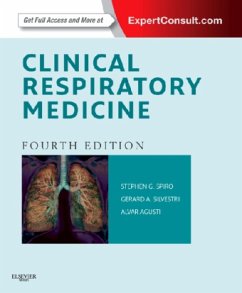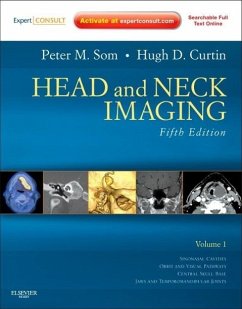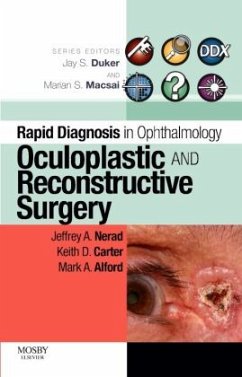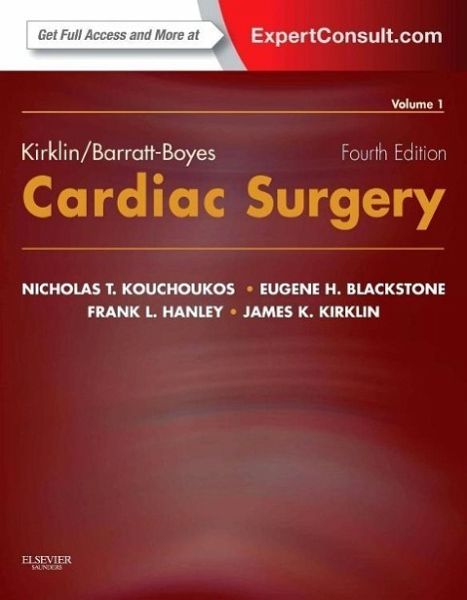
Kirklin/Barratt-Boyes Cardiac Surgery
Expert Consult - Online and Print (2-Volume Set)
Mitarbeit: Kouchoukos, Nicholas T.; Blackstone, Eugene H.; Hanley, Frank L.

PAYBACK Punkte
199 °P sammeln!
Provides answers on various aspects of adult and pediatric cardiac surgery. This title covers the range of classic surgical procedures - including the alternate and minimally invasive surgical techniques - and presents the clinical evidence you need to make effective management decisions.




